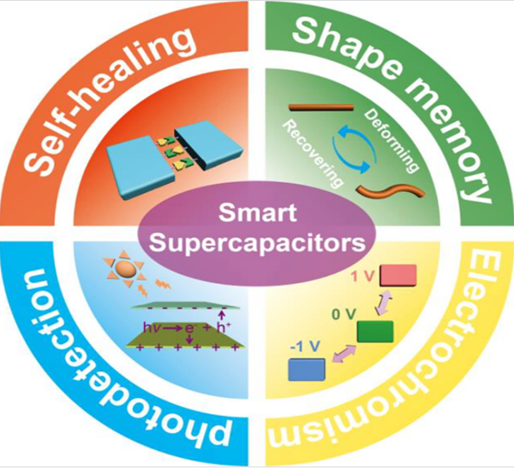IRON OXIDE BASED NANOCOMPOSITES AS ELECTRODE MATERIAL FOR SUPERCAPACITORS
DOI:
https://doi.org/10.71146/kjmr633Keywords:
supercapacitors, iron oxides, nanomaterials, nanocomposites, energy storage, charging and discharging, stabilityAbstract
Supercapacitors (SCs) are an extremely effective and environmentally friendly type of electrochemical energy storage devices that have gained a lot of attention as an alternative for batteries. The limited electrical conductivity of a supercapacitor must be greatly boosted in order to facilitate rapid charging and discharging. Among the diverse electrode materials examined, iron oxide compounds have attracted extensive investigation as promising anode constituents for supercapacitors owing to their broad operating potential range under negative bias, exceptionally high theoretical gravimetric capacity, favorable redox kinetics, natural abundance, and environmental friendliness. However, iron oxides continue to struggle with deficiencies of inadequate longevity and weak conductivity. This survey aims to recapitulate recent breakthroughs involving iron oxide-derived nanostructures, such as carbon-coated iron oxides (C@Fe2O3) and nickel and carbon-coated iron oxide (Ni@C@Fe2O3) that exhibit utility as electrode components for supercapacitors. Supercapacitors show great promise for applications in portable electronics and wearable technology. Iron oxide nanomaterials can be engineered into versatile electrode composites with properties well-suited to these uses. When configured as all-solid-state or transparent, flexible assemblies, such supercapacitors leverage the wide-ranging capabilities of their constituent nanoscale components. Continued progress in the synthesis of multicomponent nanocomposites will likely guide future leaps toward increasingly powerful and durable energy storage solutions.
Downloads

Downloads
Published
License
Copyright (c) 2025 Murtaza Abbas (Author)

This work is licensed under a Creative Commons Attribution 4.0 International License.






